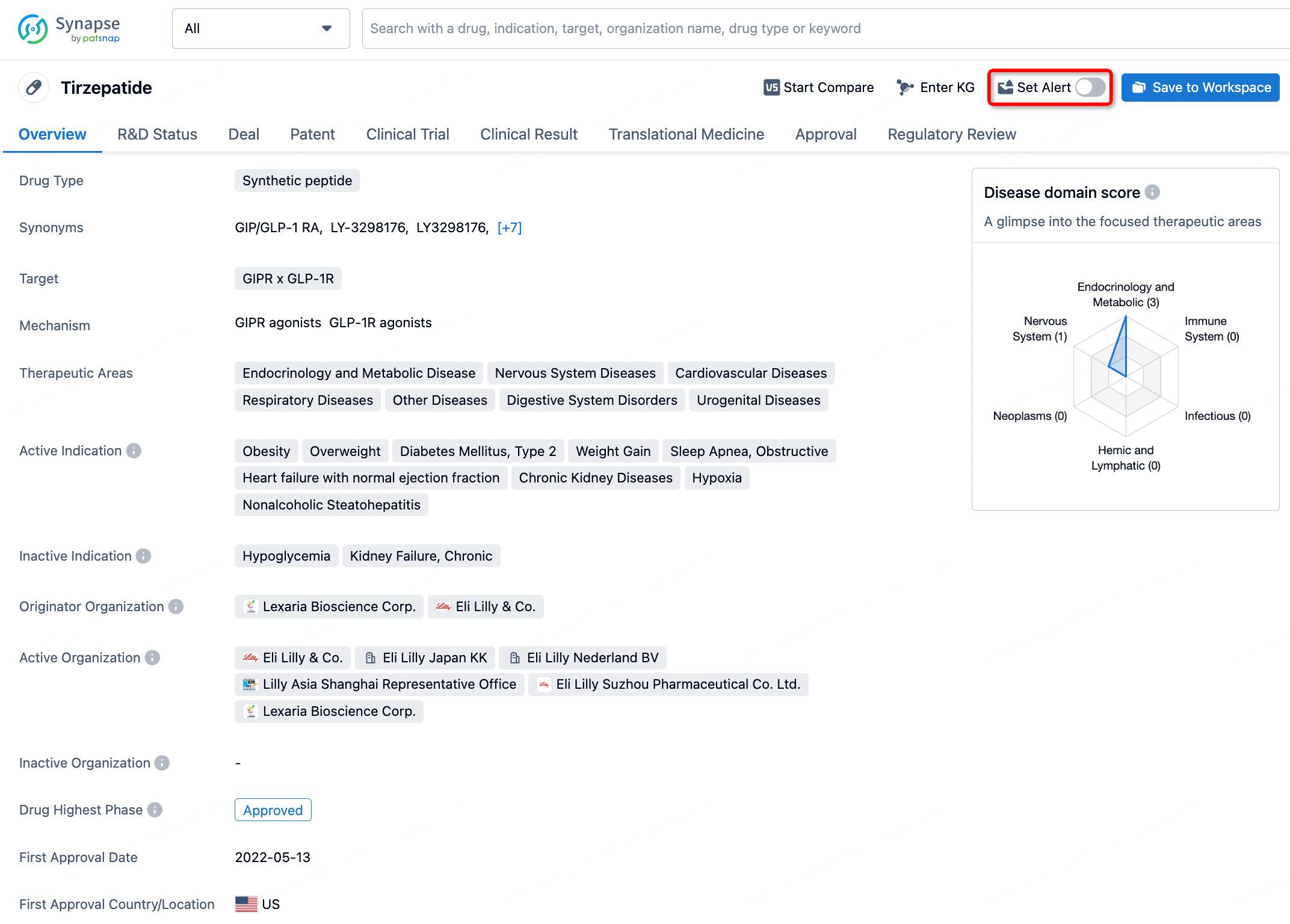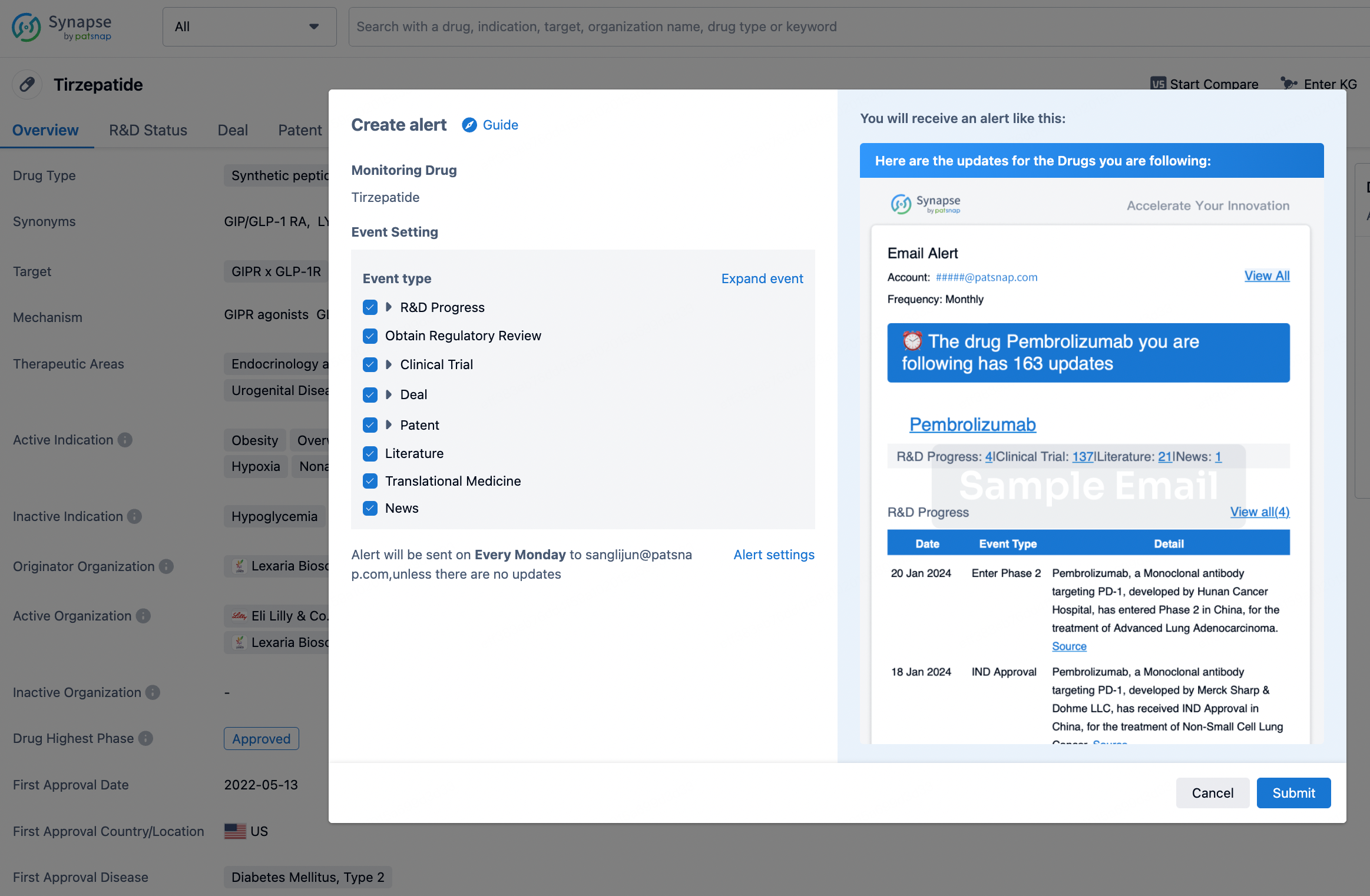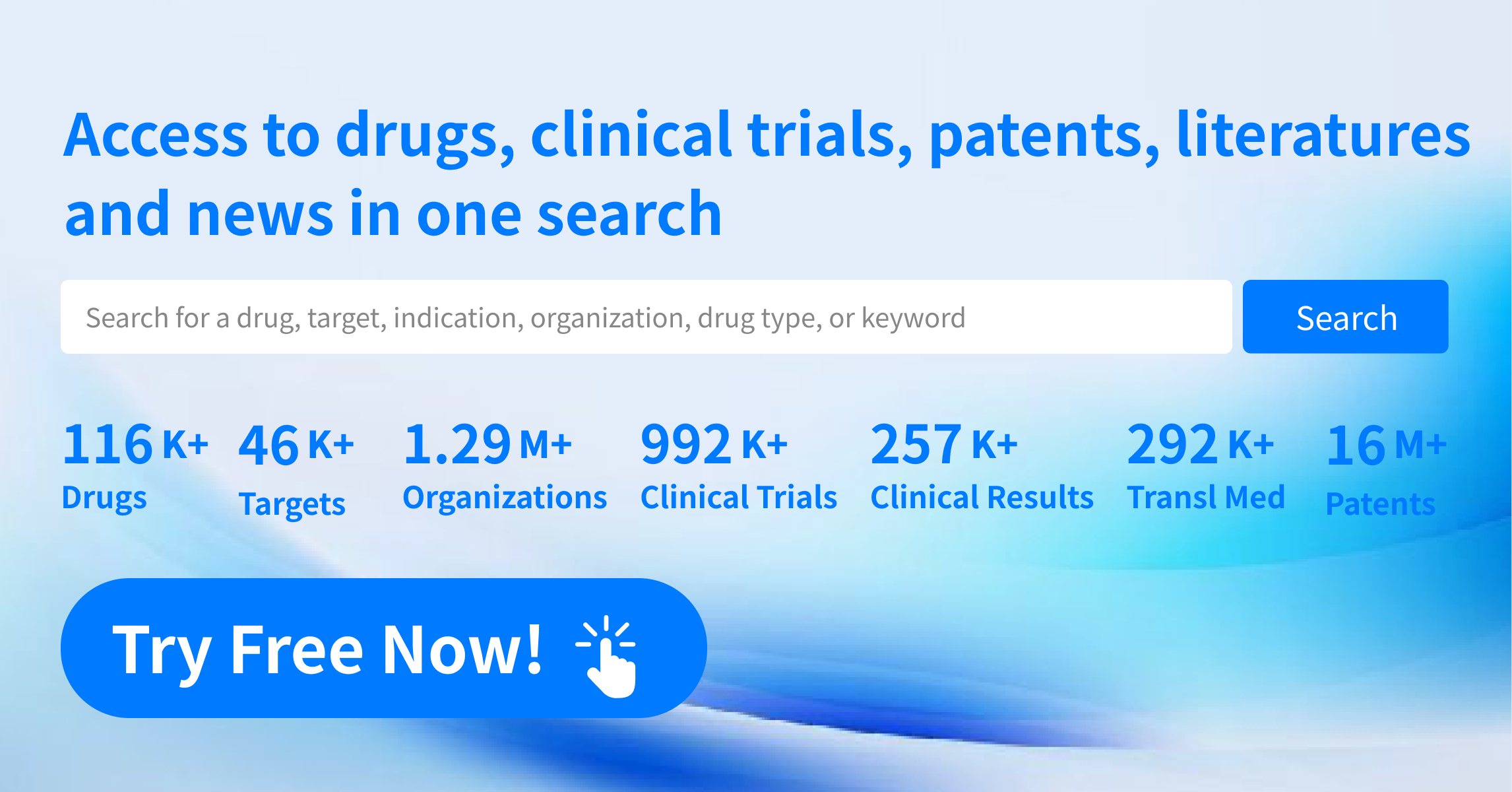Request Demo
What are the side effects of Carvedilol?
12 July 2024
Carvedilol is a prescription medication commonly used to treat high blood pressure and heart failure. It belongs to a class of drugs known as beta-blockers, which work by relaxing blood vessels and slowing heart rate to improve blood flow and decrease blood pressure. While Carvedilol can be highly effective in managing cardiovascular conditions, it is also associated with a range of potential side effects. Understanding these side effects is crucial for anyone considering or currently taking this medication.
The most common side effects of Carvedilol include dizziness, fatigue, and hypotension (low blood pressure). Dizziness often occurs because the medication can lower blood pressure too effectively, especially when you first start taking it or when your dose is increased. This can lead to feelings of lightheadedness or even fainting, particularly when standing up quickly. Fatigue is another frequent complaint, as the slowing of the heart rate can make some people feel unusually tired or lethargic.
Another common side effect is weight gain. Carvedilol can cause fluid retention, leading to swelling in the legs and ankles, which may contribute to an increase in body weight. This side effect is particularly concerning for individuals with heart failure, as fluid retention can exacerbate their condition.
Less common but more serious side effects include bradycardia (a slower than normal heart rate) and worsening heart failure symptoms. Bradycardia occurs because Carvedilol reduces the workload on the heart, which can sometimes slow the heart rate excessively. Symptoms of worsening heart failure may include increased shortness of breath, rapid weight gain, and swelling in the legs or feet. If you experience any of these symptoms, it is crucial to seek medical attention immediately.
Carvedilol can also affect blood sugar levels, which is particularly important for individuals with diabetes. The medication may mask some of the symptoms of low blood sugar (hypoglycemia), such as rapid heartbeat, making it harder to recognize and treat. Moreover, Carvedilol can sometimes increase blood sugar levels, necessitating adjustments in diabetes medications.
Another noteworthy side effect is that Carvedilol can exacerbate symptoms of asthma or other respiratory conditions. The drug's action on beta-receptors in the lungs can lead to bronchoconstriction, which narrows the airways and makes breathing more difficult. People with pre-existing respiratory conditions should discuss this risk with their healthcare provider.
Gastrointestinal issues such as nausea, diarrhea, and abdominal pain are also reported by some people taking Carvedilol. These symptoms are generally mild and tend to resolve as your body adjusts to the medication. However, persistent or severe gastrointestinal problems should be discussed with your healthcare provider.
Lastly, there are some rare but serious side effects that require immediate medical attention. These include severe allergic reactions (characterized by rash, itching, swelling, severe dizziness, and trouble breathing), liver dysfunction (indicated by symptoms like yellowing of the skin or eyes, dark urine, and severe stomach pain), and severe skin reactions (such as blistering, peeling, or red skin rash).
In conclusion, while Carvedilol is an effective medication for managing high blood pressure and heart failure, it comes with a range of potential side effects. Common side effects include dizziness, fatigue, and weight gain, while serious side effects can include bradycardia and worsening heart failure symptoms. Individuals with diabetes, asthma, or other pre-existing conditions should take special care and consult their healthcare provider to manage and mitigate these risks. Always report any unusual or severe symptoms to your healthcare provider to ensure your treatment plan is both safe and effective.
The most common side effects of Carvedilol include dizziness, fatigue, and hypotension (low blood pressure). Dizziness often occurs because the medication can lower blood pressure too effectively, especially when you first start taking it or when your dose is increased. This can lead to feelings of lightheadedness or even fainting, particularly when standing up quickly. Fatigue is another frequent complaint, as the slowing of the heart rate can make some people feel unusually tired or lethargic.
Another common side effect is weight gain. Carvedilol can cause fluid retention, leading to swelling in the legs and ankles, which may contribute to an increase in body weight. This side effect is particularly concerning for individuals with heart failure, as fluid retention can exacerbate their condition.
Less common but more serious side effects include bradycardia (a slower than normal heart rate) and worsening heart failure symptoms. Bradycardia occurs because Carvedilol reduces the workload on the heart, which can sometimes slow the heart rate excessively. Symptoms of worsening heart failure may include increased shortness of breath, rapid weight gain, and swelling in the legs or feet. If you experience any of these symptoms, it is crucial to seek medical attention immediately.
Carvedilol can also affect blood sugar levels, which is particularly important for individuals with diabetes. The medication may mask some of the symptoms of low blood sugar (hypoglycemia), such as rapid heartbeat, making it harder to recognize and treat. Moreover, Carvedilol can sometimes increase blood sugar levels, necessitating adjustments in diabetes medications.
Another noteworthy side effect is that Carvedilol can exacerbate symptoms of asthma or other respiratory conditions. The drug's action on beta-receptors in the lungs can lead to bronchoconstriction, which narrows the airways and makes breathing more difficult. People with pre-existing respiratory conditions should discuss this risk with their healthcare provider.
Gastrointestinal issues such as nausea, diarrhea, and abdominal pain are also reported by some people taking Carvedilol. These symptoms are generally mild and tend to resolve as your body adjusts to the medication. However, persistent or severe gastrointestinal problems should be discussed with your healthcare provider.
Lastly, there are some rare but serious side effects that require immediate medical attention. These include severe allergic reactions (characterized by rash, itching, swelling, severe dizziness, and trouble breathing), liver dysfunction (indicated by symptoms like yellowing of the skin or eyes, dark urine, and severe stomach pain), and severe skin reactions (such as blistering, peeling, or red skin rash).
In conclusion, while Carvedilol is an effective medication for managing high blood pressure and heart failure, it comes with a range of potential side effects. Common side effects include dizziness, fatigue, and weight gain, while serious side effects can include bradycardia and worsening heart failure symptoms. Individuals with diabetes, asthma, or other pre-existing conditions should take special care and consult their healthcare provider to manage and mitigate these risks. Always report any unusual or severe symptoms to your healthcare provider to ensure your treatment plan is both safe and effective.
How to obtain the latest development progress of all drugs?
In the Synapse database, you can stay updated on the latest research and development advances of all drugs. This service is accessible anytime and anywhere, with updates available daily or weekly. Use the "Set Alert" function to stay informed. Click on the image below to embark on a brand new journey of drug discovery!
AI Agents Built for Biopharma Breakthroughs
Accelerate discovery. Empower decisions. Transform outcomes.
Get started for free today!
Accelerate Strategic R&D decision making with Synapse, PatSnap’s AI-powered Connected Innovation Intelligence Platform Built for Life Sciences Professionals.
Start your data trial now!
Synapse data is also accessible to external entities via APIs or data packages. Empower better decisions with the latest in pharmaceutical intelligence.


